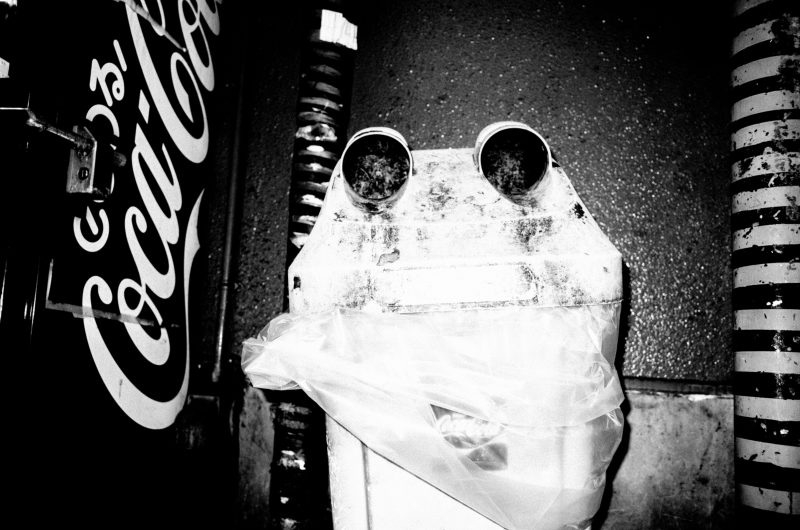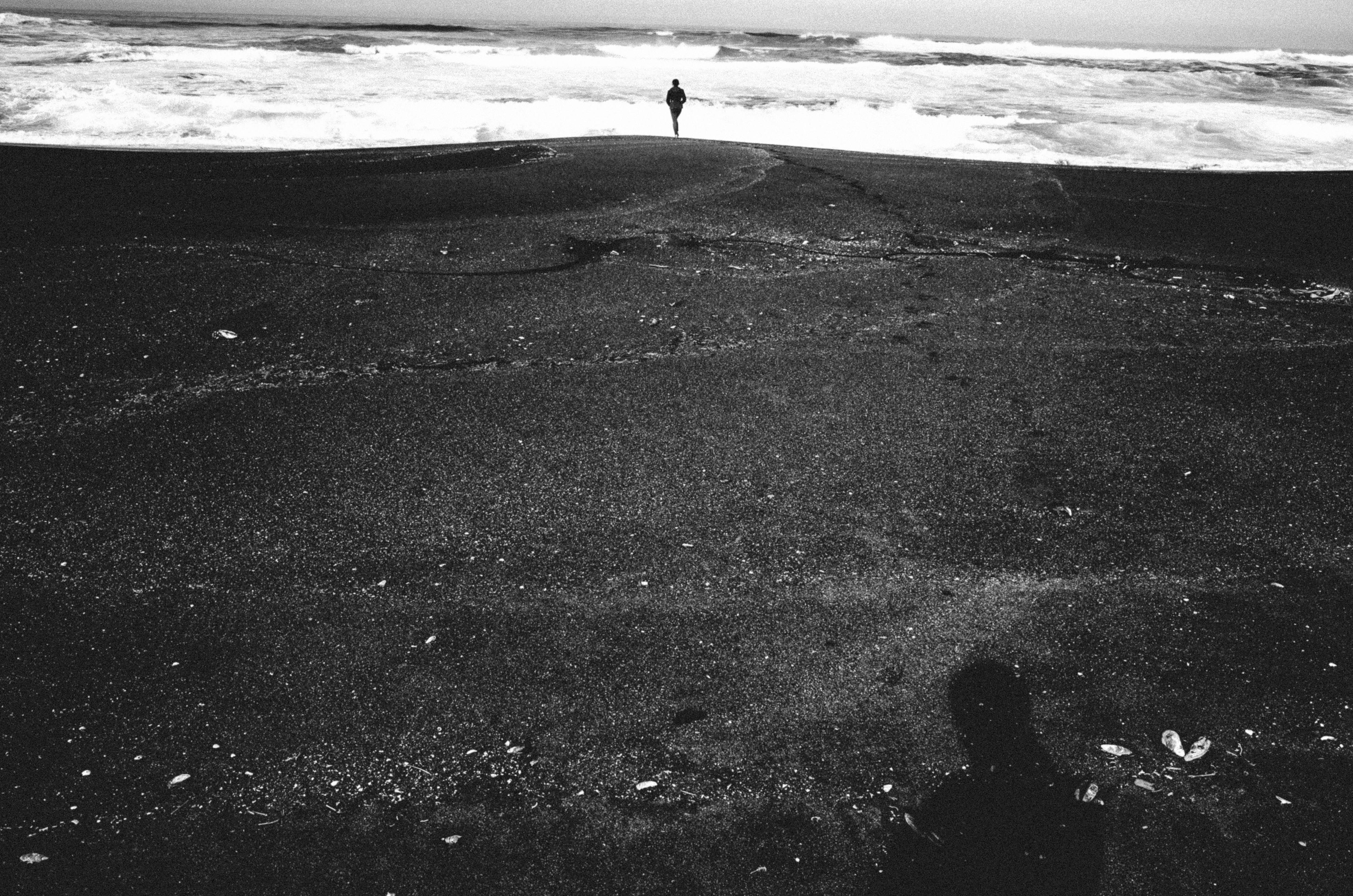
Dear friend,
I want to give you some no bullshit advice on how to photograph textures.
Why textures?

For me, I make photos to evoke an emotion in my heart– or to evoke an emotion in the heart of my viewer.
I feel photographing textures is a good way to do that.
If you photograph texture– you can make a ‘haptic’ photograph that your viewer feel that they can touch. And the human sense of touch is one of the deepest-embedded senses we have.
In a world where we are distant from others, without touch — the world needs more texture in photography.
Here are some practical tips to photograph textures:
1. High-contrast black and white

Download my free Lightroom presets, and I recommend using the ‘Eric Kim Monochrome 1600’ preset (that works well with RAW photos).
High contrast black and white will draw out more textures from the scenes you find interesting.
2. Minus-exposure compensation

Also when you’re photographing textures, use minus-exposure compensation on your camera, or under-expose your photos (make your photos darker).
I usually shoot with my Ricoh GR II in “P” (program) mode, so I usually use -2/3 or -1 exposure-compensation to get better textures in my photos.
3. Use a flash

Often using a flash will draw out more textures from your photos. I recommend to always take two photos of each scene:
- One photo with flash
- One photograph without flash
Then when you go home, you can choose whatever photograph you feel has a better texture.
I usually keep the camera’s flash settings on automatic (in P mode). Use the integrated flash in your camera (if you have it), or buy a small, “TTL” (through the lens, automatic) flash.
4. Look for textured things

Of course, this is obvious. Look for textured objects.
Look for old things, decaying things. Look for patina, wear-and-tear, or rust. Look for the vicious teeth of time– biting into old objects.
5. Add grain

In post-processing, you can also add grain to your photos.
Or if you shoot film, you can use grainy film. I recommend using Kodak Tri-X 400 (and pushing it to 1600) — learn how to do that in my “Film Street Photography Manual” book.
Also another tip– if you shoot black and white film, use a yellow filter to increase contrast in your photos.
By ‘pushing’ your film, you add more contrast and grain to your photos. Kodak Portra 400 also pushes well to 800 and 1600.
6. Touch things before you photograph them

A fun assignment: photograph textured things before you photograph them.
7. Beautiful decay

Photograph old things, which are falling apart. This will also help you photograph nostalgia about the past.
8. Photograph nature

Photograph nature– photograph the sea, trees, and the dirt.

9. Look for patterned textures

Look for textures in patterns; it can be man-made — like the bottom texture of a boot, the texture of fabric, or any other repeating texture.
10. Look for smooth textures

Don’t just look for gritty textures; look for smooth textures. Photograph stainless steel, or any other human-made alloy metal material.
11. Look for over-lapping textures

Photograph similar-looking textures. I like how the texture of Cindy’s dress blends in with the concrete with the pavement in the background.
12. Look down

Simple tip: look down, a good place to find interesting textures.
Also, photograph at night, and look for harsh spotlights. This is like a natural flash for your photos. Note in this photo below, I photographed it under some stadium lights:

13. Look up

Another place we over-look textures: just look up.
Photograph the side of buildings, and photograph architecture:

Or photograph the textures of a tree looking up:

Conclusion: Grain is beautiful

Grit, grain, texture is beautiful.
Make more photos with more textures. And even deeper than that– try to photograph the texture of humanity in your photos.
Always,
Eric
Also learn “How to Photograph Abstract Photography.”

